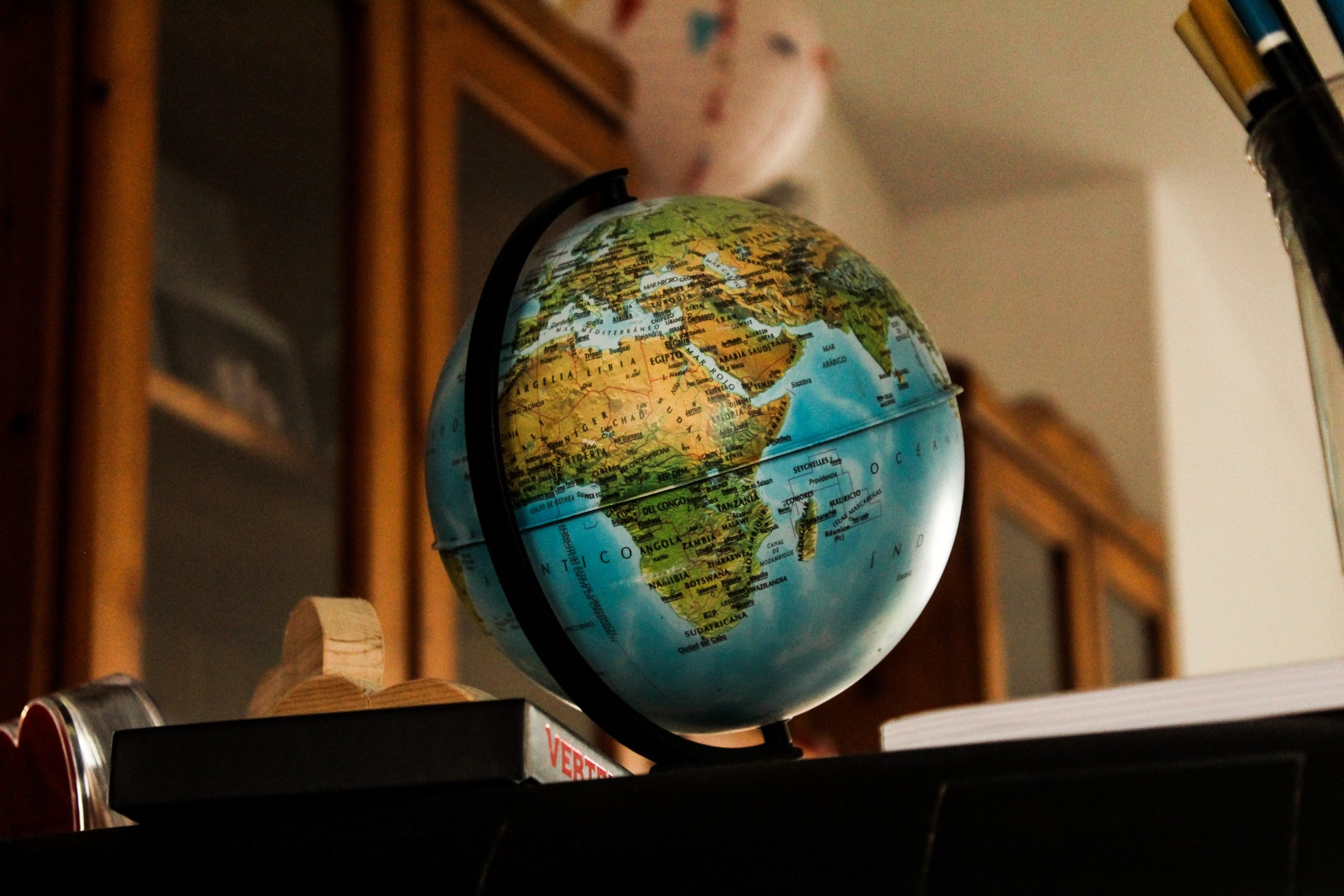The Global Gateway, the EU’s global connectivity strategy, is two years old this week. Chloe Teevan and San Bilal look at how the strategy can make real progress towards operationalising a much-needed reorientation of EU international cooperation objectives and instruments to meet partners’ needs and to respond to geostrategic realities.
Summary
The recent Global Gateway Forum provided an opportunity to highlight progress on the Global Gateway, the European Union’s (EU) global connectivity strategy, which is two years old this week. The initiative aims to increase EU external investment and provide a more streamlined way to package EU international cooperation and investment, while in practice providing an alternative to China’s Belt and Road Initiative and strengthening the EU’s global influence. With around 160 flagship projects identified for 2023 and 2024, the Global Gateway has begun to gather steam, but challenges remain.
In this brief, we look at how the Global Gateway can make real progress towards operationalising a much-needed reorientation of EU international cooperation objectives and instruments to meet partners’ needs and to respond to current geostrategic realities. Achieving its investment target of €300 billion is crucial for the EU’s credibility. To do this – and possibly surpass it in the future – the EU and member states will need to enact a genuine shift in business practices. This includes rethinking their collective development cooperation objectives and taking a whole-of-government approach. This can happen through a series of political and technical evolutions, including on the narrative, the policy direction, the approach to partners, and the toolbox.
Access full policy brief at original link.
About the authors
Chloe Teevan is the head of ECDPM’s digital economy and governance team.
Dr San Bilal is a senior executive and associate director of ECDPM’s sustainable economies and climate action cluster. He is also a member of the management team.


